
Converting ActiveMQ to Jakarta - Part 3 - Final
Matt Pavlovich, in his final post on this series topic, discusses the migration of ActiveMQ to the Jakarta framework and outlines the challenges encountered during this process. It highlights the need to modernize the codebase, address technical debt, and upgrade frameworks like Jetty, Spring, and others to support Jakarta. The piece also emphasizes the introduction of transitional modules to support users during the migration, while noting the effort involved in ensuring backward compatibility and preparing ActiveMQ for future updates.
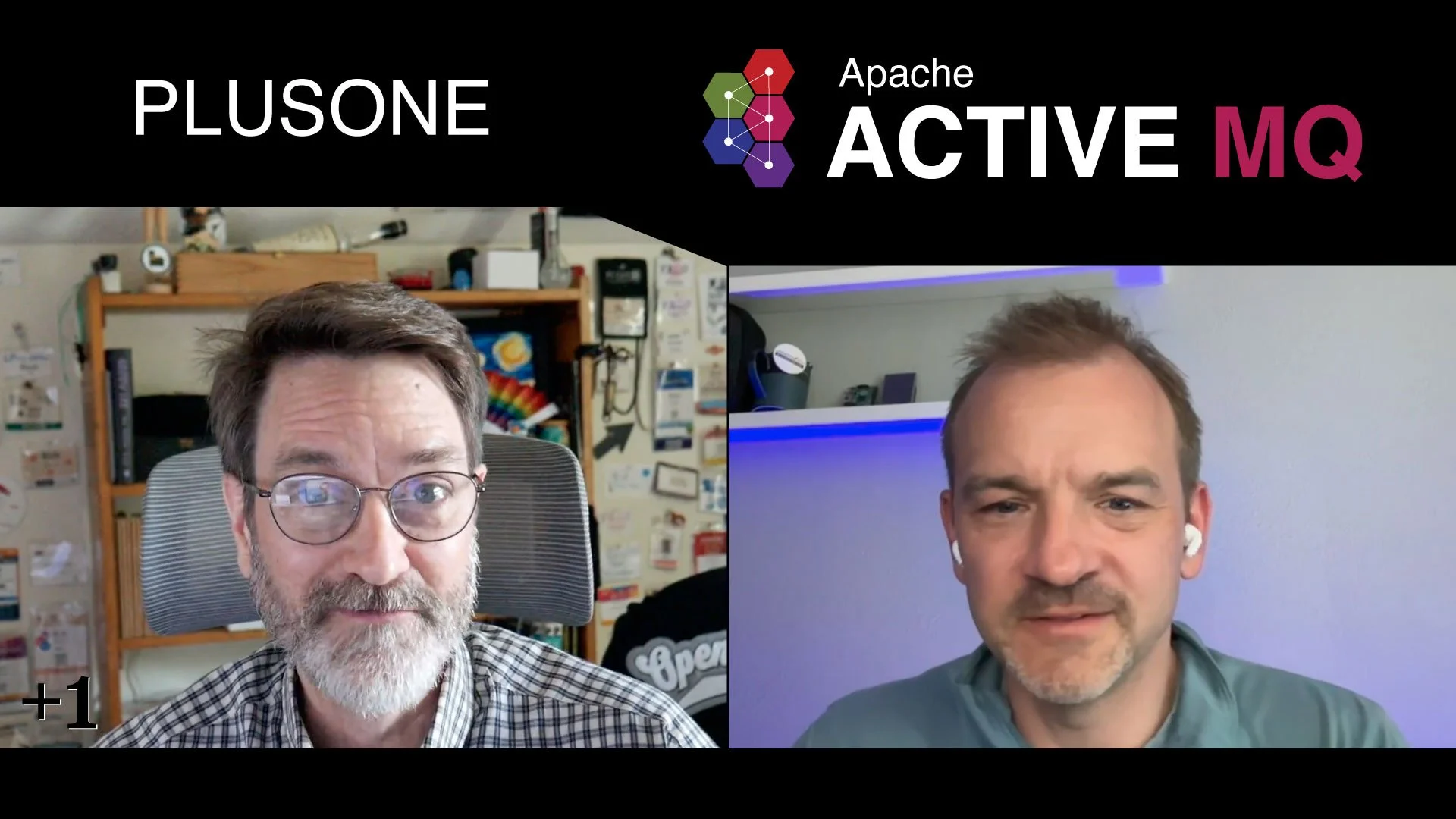
PlusOne - ActiveMQ 6.1.7 and Beyond with Matt Pavlovich
Rich Bowen and Matt Pavlovich discuss the evolution of ActiveMQ Classic, highlighting the transition from Java to Jakarta ecosystem and the release of ActiveMQ 6.0, which introduced Jakarta support and JMS 2.0. ActiveMQ 6.1 focuses on fixes and observability improvements, with 6.2 set to introduce a new configuration system and virtual threads

HYTE Readings - March 2025
HYTE Readings: Explore our curated collection of must-read articles, handpicked to keep you at the forefront of the latest in technology and messaging trends from around the web.
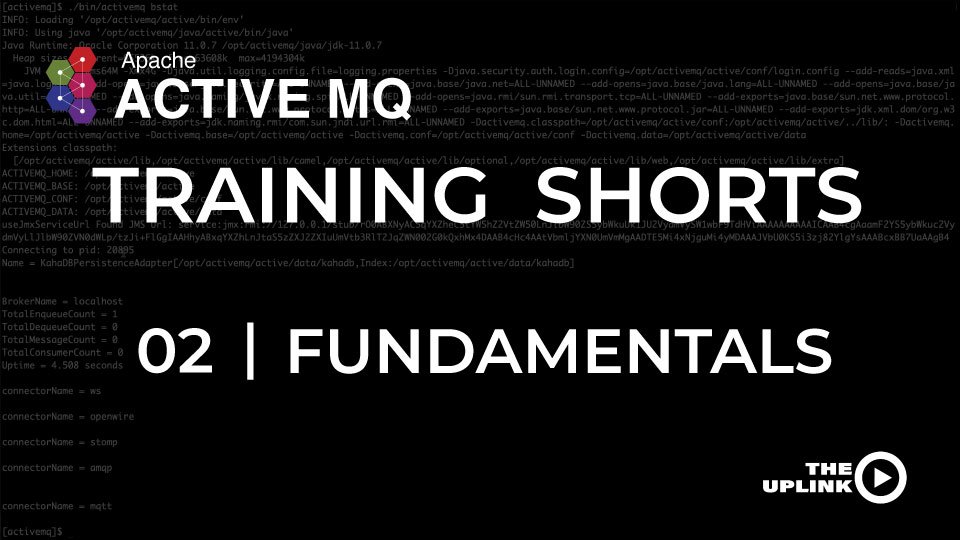
ActiveMQ Training Shorts - Fundamentals
Apache ActiveMQ, a mature and open-source message broker, supports a range of protocols including JMS, MQTT, STOMP, and AMPQ, with updates to JMS 3.1 and 2.0 in its latest versions. Offering multi-protocol and multi-language capabilities, along with scalable deployment options such as standalone, clustered, and primary failover brokers, ActiveMQ is designed for extensive adaptability and DevOps benefits in application development. Matt Pavlovich from HYTE Technologies, a key contributor to ActiveMQ, highlights its ease of integration testing within application code, ensuring reliable end-to-end messaging testing for app development teams.

HYTE Readings - February 2025
HYTE Readings: Explore our curated collection of must-read articles, handpicked to keep you at the forefront of the latest in technology and messaging trends from around the web.
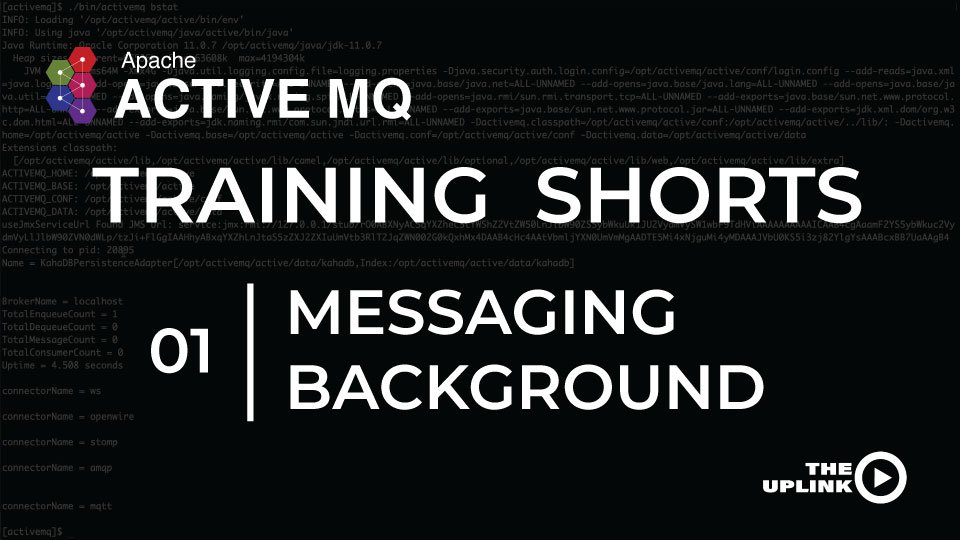
ActiveMQ Training Shorts - Messaging Background
Digital transformation centers on swiftly adjusting business functions to match fluctuating market scenarios and prospects by rapidly integrating and modifying business applications. Event-driven architecture facilitates this by allowing organizational and system decoupling, utilizing events to announce data changes or actions, providing design and runtime operational resilience, complementing API architecture which excels in read, search, and query use-cases.

HYTE Readings - January 2025
HYTE Readings: Explore our curated collection of must-read articles, handpicked to keep you at the forefront of the latest in technology and messaging trends from around the web.
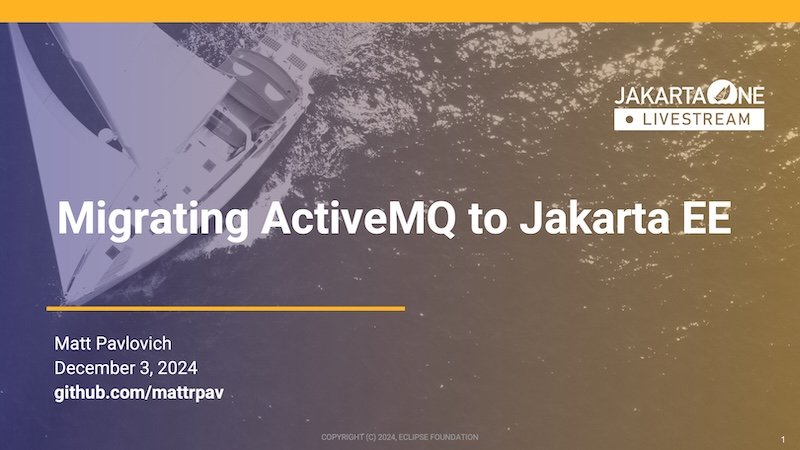
Migrating ActiveMQ to Jakarta EE - JakartaOne Talk
Matt Pavlovich discusses the migration of Apache ActiveMQ to Jakarta EE at the recent JakartaOne Livestream 2024, emphasizing the challenges of dealing with a mature, widely used codebase. He outlines a two-step approach: first, reducing technical debt in a pre-Jakarta release (ActiveMQ 5.18), and second, introducing Jakarta EE features in a parallel release (ActiveMQ 6.0).

Converting ActiveMQ to Jakarta - Part 2
Matt outlines the journey and challenges involved in transitioning ActiveMQ, the most widely used messaging broker worldwide and a core component of the HYTE platform, from the javax namespace to the jakarta namespace as part of adapting to the new Jakarta EE APIs. It delves into technical aspects like upgrading ActiveMQ to support the JMS 2.0 API, dealing with technical debt, and updating other dependencies and frameworks to be compatible with Jakarta, along with the effort to reduce impact on users by providing transitional client jars. The shift aims to modernize ActiveMQ, resulting in the release of ActiveMQ 6.0.0 that aligns with the Jakarta namespace, illustrating both the scope of work and the strategic steps taken to ensure backward compatibility and future readiness.

Converting ActiveMQ to Jakarta - Part 1
Matt discusses the migration process for enterprise Java applications from the 'javax' namespace to the 'jakarta' namespace as part of adapting to the new Jakarta EE APIs, a process driven by the changes due to Spring framework's timeline and Java's updates. It explains the implications for developers in terms of code changes required for APIs like JPA and JMS, and the varying levels of effort needed for different sized projects, emphasizing the evolving Java ecosystem's positive impact on performance, cost, and developer experience.
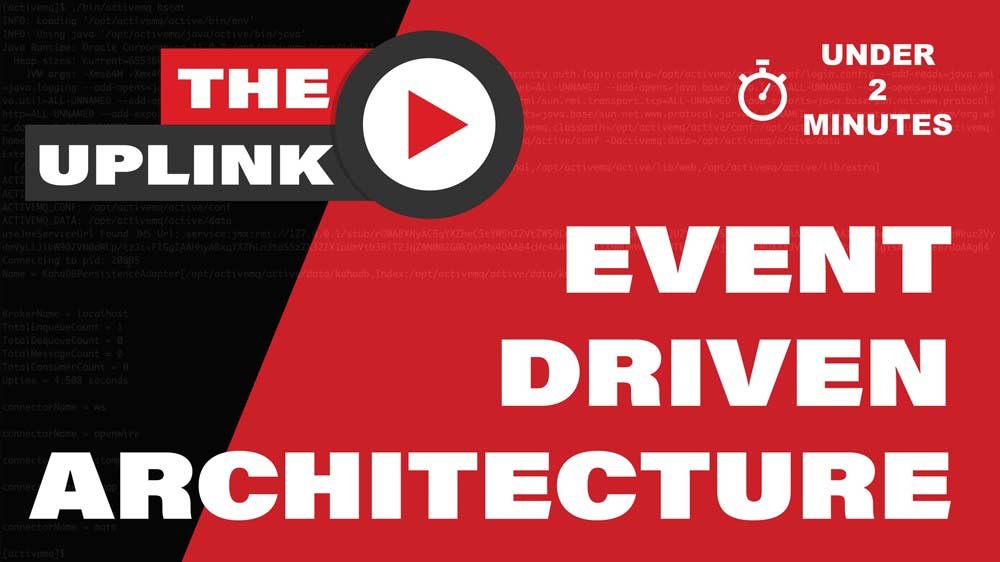
What is Event Driven Architecture?
Event-driven architecture is a software design pattern focused on facilitating digital transformation by enabling organizations to swiftly adapt to changing market conditions through decoupling of organizational and system components, and utilizing events to signal data changes or actions. It complements API architecture by providing design and runtime resilience, where it is especially useful in scenarios involving data creation, modifications, or process executions, thus enhancing system adaptability and operational efficiency.

MQTT in the Enterprise
Today we explore the use of MQTT in enterprise contexts, highlighting its popularity for IoT use cases due to features like low-bandwidth requirements and Last Will and Testament messages, which can automate responses to device outages. However, we also point out MQTT's limitations, such as the absence of common enterprise messaging features like message IDs and a standard client API, complicating its implementation in complex enterprise scenarios. We also advise enterprises to integrate MQTT with multi-protocol messaging brokers to address back-office integration needs and to carefully configure MQTT client sessions for success.
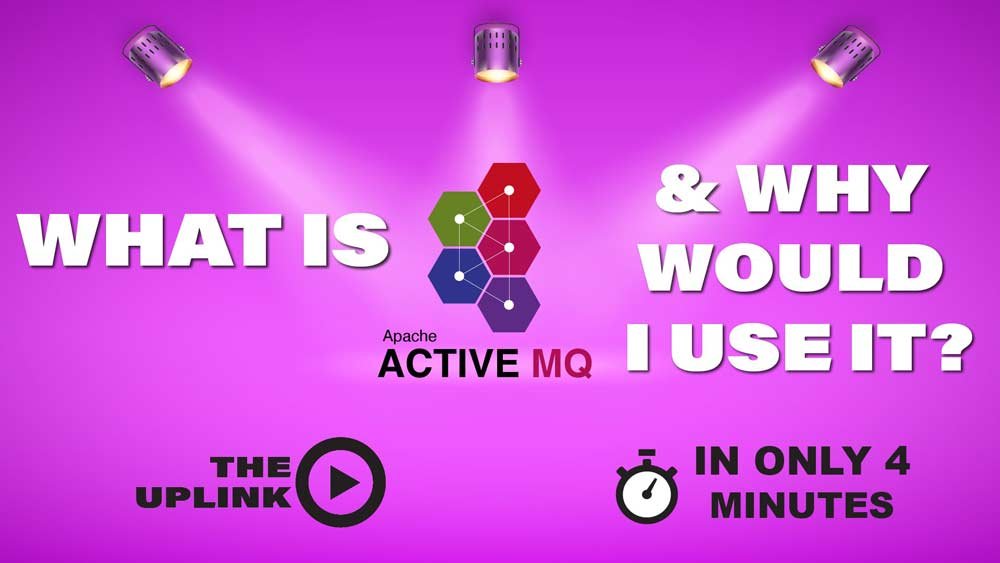
What is ActiveMQ and Why Would I Use it?
Apache ActiveMQ: A Versatile, Open-Source Messaging System with 15-Years of Excellence. Offers scalability across platforms, diverse protocol support, and strong delivery guarantees, catering to a wide range of messaging needs. Matt also details some initial challenges associated to Apache ActiveMQ adoption.
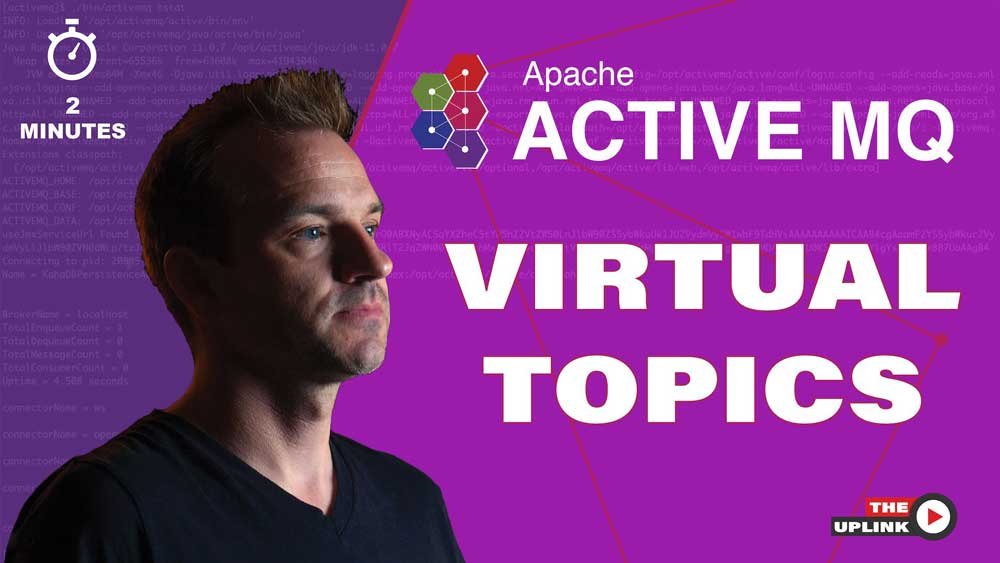
The Benefits of Apache ActiveMQ Virtual Topics
Matt discusses the advantages of using virtual topics in ActiveMQ, particularly in multi-server environments. He highlights that virtual topics enable architecture changes without requiring code modifications, allowing DevOps to handle scaling, high availability, and fault tolerance independently of programmers. ActiveMQ's implementation of virtual topics is straightforward, providing a simple, versatile solution that works across various protocols and languages, enhancing application reliability.
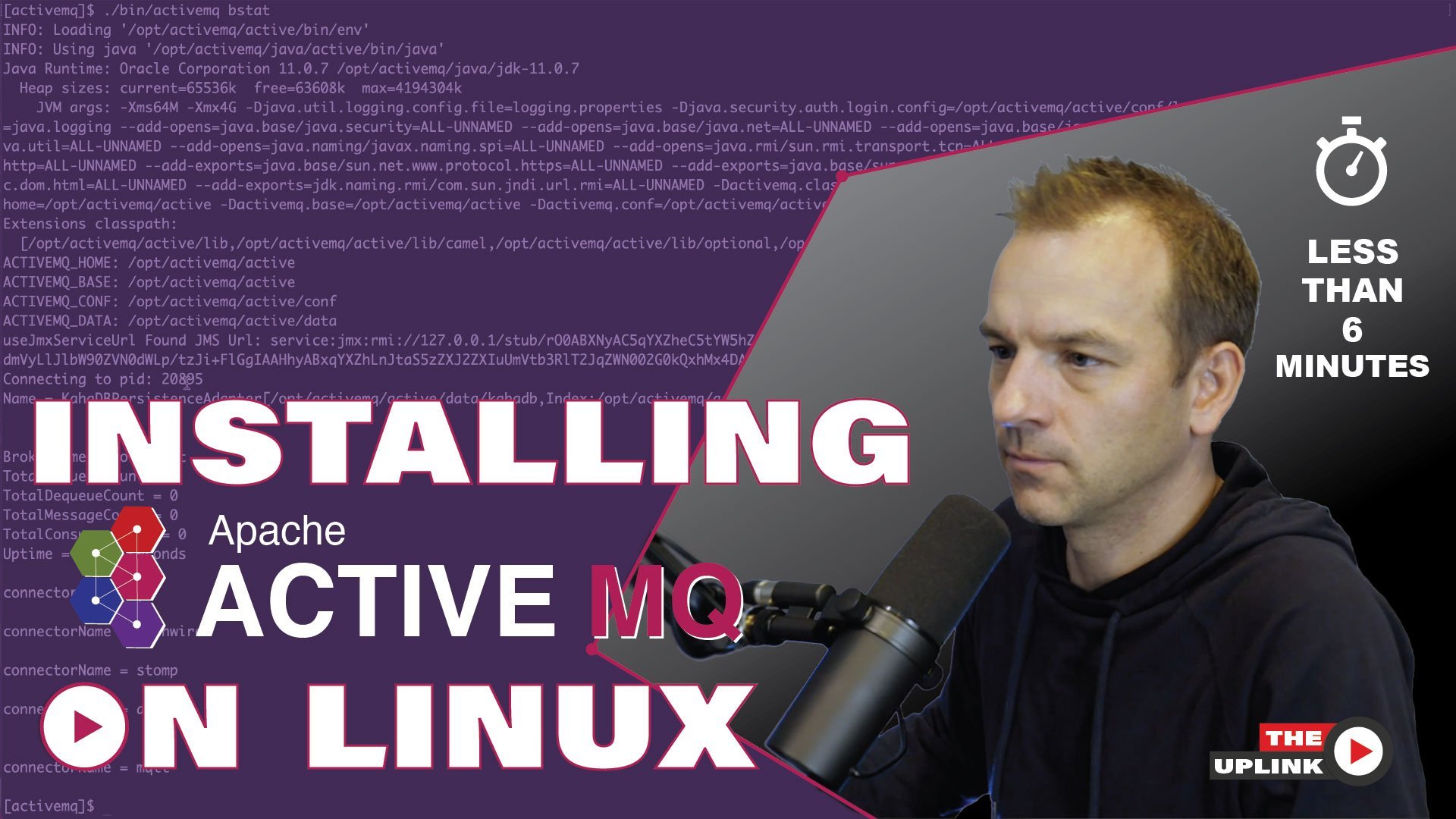
Apache ActiveMQ Installation on Linux
Matt explains how Apache ActiveMQ is installed on a Linux server. He uses a download script to pull ActiveMQ from Maven Central, starts and stops ActiveMQ, tunes settings like memory usage, enables JMX with authentication, and secures the JMX password file. He finishes by testing the system sending and receiving 1000 messages, validating the queue's status and ensuring successful dequeuing.
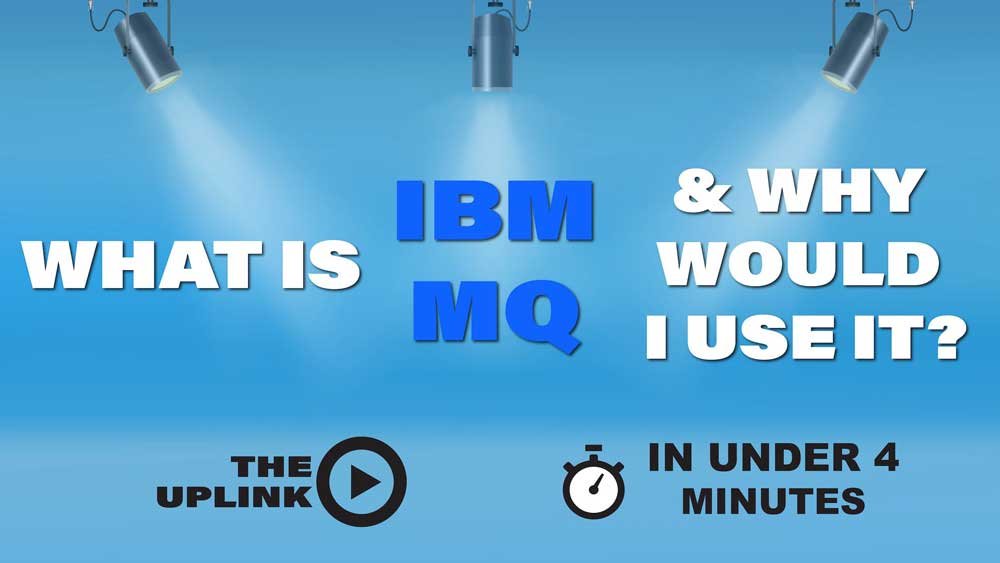
What is IBM MQ and Why Would I Use it?
IBM MQ, with a 20-year legacy, offers reliable enterprise messaging ideal for critical workflows, excelling in integration, especially with IBM products. Despite its high costs, limited embeddability, and admin demands, it remains a top choice, backed by vast talent and support for modern messaging.
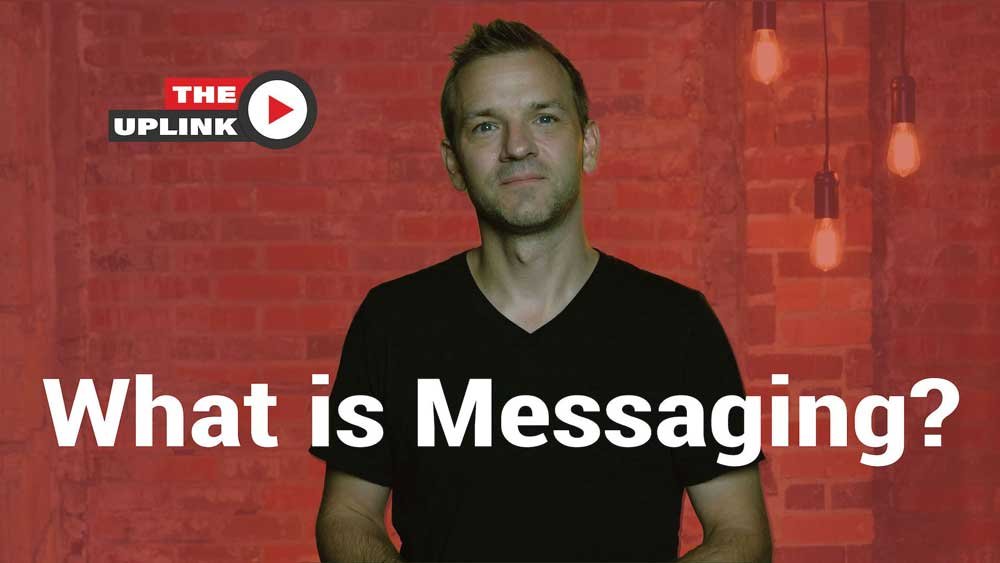
What is Messaging?
Enterprise messaging refers to a system used to enable reliable communication between computer systems. It provides resilience by managing challenges such as asynchronous operation times, varying system speeds, and ensuring data delivery even during system maintenance or downtime.
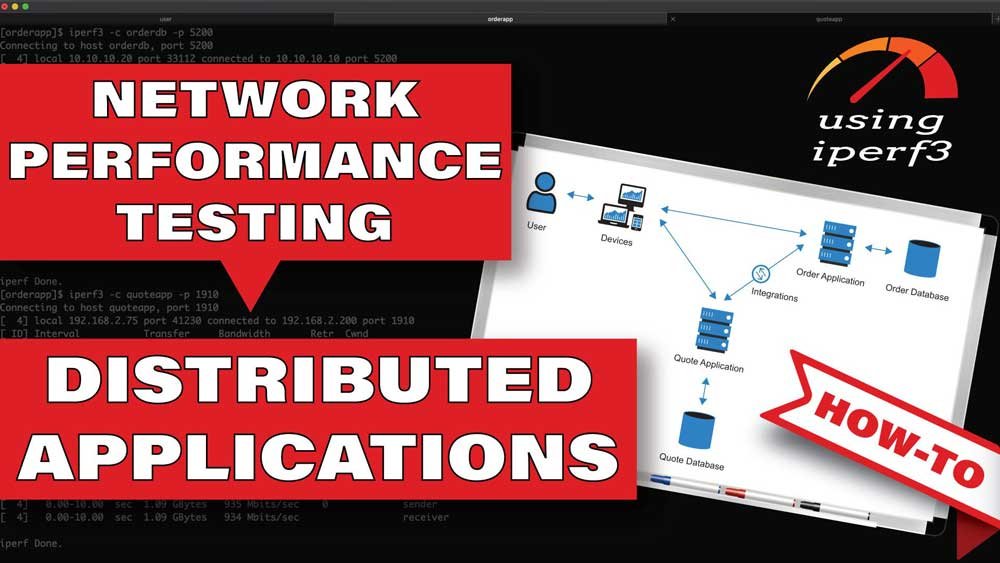
Distributed Applications - Which network link is the problem?
In my latest blog post, I explore troubleshooting network performance issues within distributed applications by guiding readers through using the iperf3 command. As the CTO and Technical Practice Lead at HYTE Technologies, I leverage my deep experience with the Open Source Software community and my role as a Committer on the Apache ActiveMQ project to provide practical insights that are valuable for both administrators and developers. Through a detailed, step-by-step scenario, I aim to empower teams to effectively identify and resolve network bottlenecks, thereby enhancing the performance and supportability of enterprise applications.
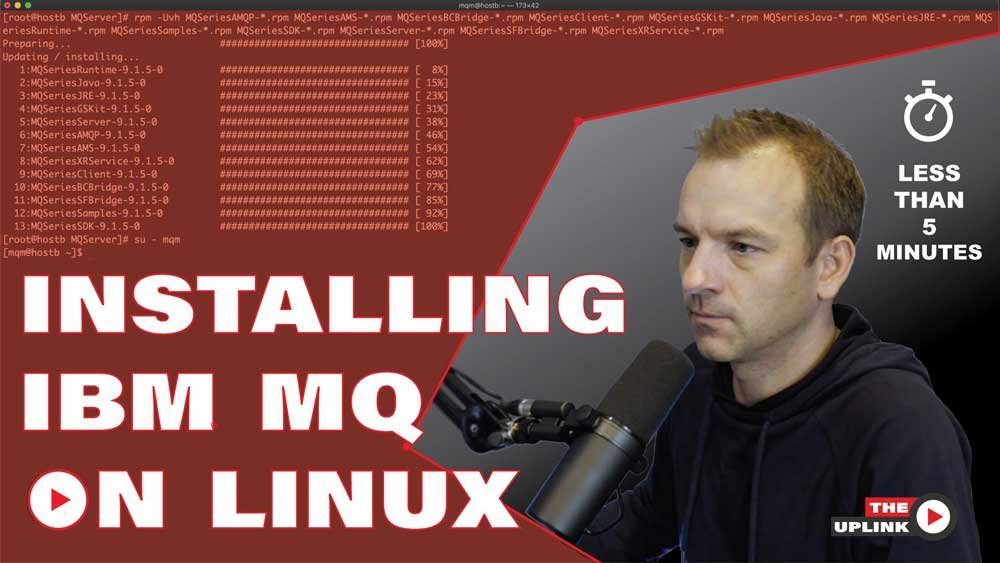
IBM MQ Installation on Linux
Matt guides you through installing IBM MQ on a Linux server. The process continues with creating a queue manager, setting default settings, and configuring a listener and channel. Finally, messages are sent and retrieved to verify the installation's functionality, completing the setup in under five minutes.
